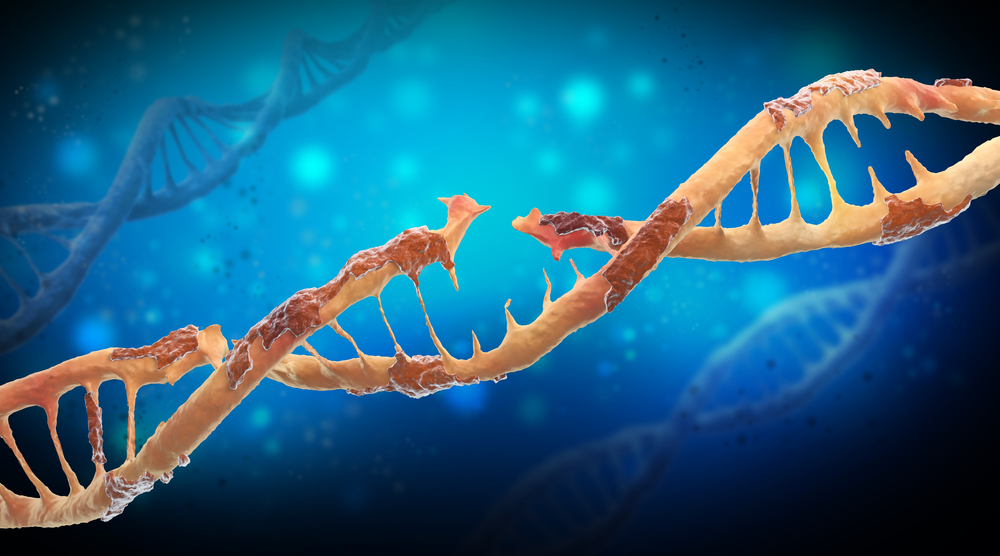Loss of Frataxin Protein Leads to DNA Damage and Inflammation in Brain Cells, Researchers Say

Friedreich’s ataxia associated with DNA damage in microglia cells leads to an increase of PARP-1 protein, which, once inhibited, weakens microglia activation and disease behavior impairments, according to a study, “Frataxin Deficiency Promotes Excess Microglial DNA Damage and Inflammation that Is Rescued by PJ34,” published in the open access journal PLOS One.
Friedreich’s ataxia is a genetic, progressive, neurodegenerative disorder responsible for damage in the nervous system and leading to impaired muscle coordination (ataxia). The disease is caused by the lack of the frataxin protein and is the most commonly inherited recessive ataxia, with an incidence of approximately 1 in 50,000.
It is established that Friedreich’s ataxia leads to oxidative stress and inflammation. The inflammation is observed by microglial activation in the brains of mouse models and patients’ cells. However, the causes leading to microglial activation and production of inflammatory mediators are poorly understood.
Researchers tackled this question and investigated how frataxin deficiency activates microglia, if there is a brain-localized inflammatory stimulus enhancing the response of microglial cells in mouse models of Friedreich’s ataxia, and ultimately if anti-inflammatory treatments halt disease progression.
Researchers found that introcerebral LPS treatment, to induce inflammation, leads to enhanced microglial activation in the brain of mice with Friedreich’s ataxia when compared to controls. Moreover, frataxin deficiency causes an increase in oxidative damage and upregulation of proteins related to DNA damage repair in the microglia of these animals.
The phenotype of microglia activation was further enhanced when mutant mice were administered with a combination of angiotensin II and LPS (angiotensin II is a major vasoactive peptide and highly pro-inflammatory). The administration led to an increase in inflammation and both behavioral deficits and neurodegeneration relative to control mice. These damaging effects were mediated by microglial activation of PARP-1 protein (unregulated in response to DNA damage), as using a specific inhibitor of this protein, the PJ34, weakened both glial activation and Friedreich’s ataxia-specific behavior impairments.
These results show that Friedreich’s ataxia is associated with a new neuroinflammatory mechanism mediated via microglial-specific DNA damage, specifically by PARP-1 induction. Therefore, inhibiting microglial PARP-1 induction may hold therapeutic benefits for Friedreich’s ataxia patients.






